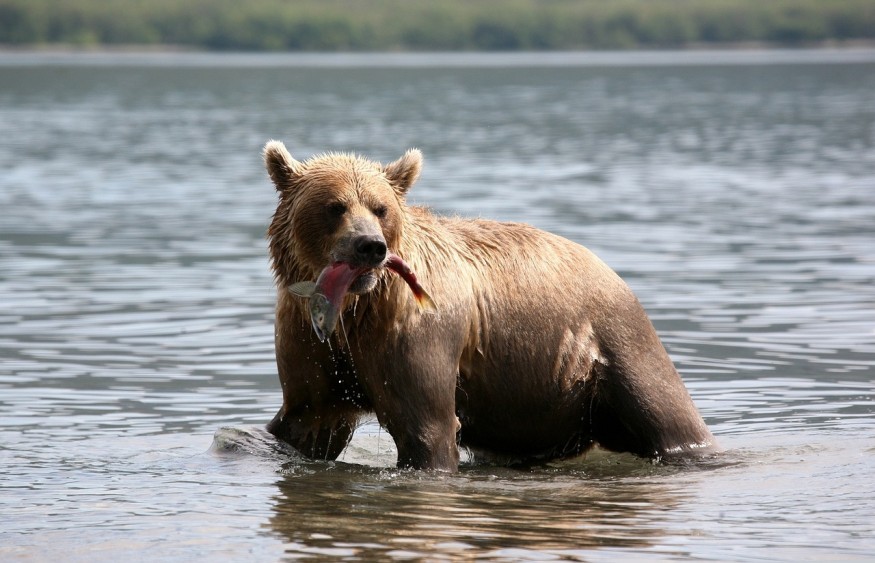Bears begin to awaken after months of hibernation as spring approaches and the snow begins to melt. It is an exciting time of the year for bears and visitors to the park as March is the month when well-rested bears emerge from their winter dens in search of food.
There is much to eat as the melting snow reveals nutrient-rich greenery. More so, deer, elk, moose, and other winter kill are plentiful. This is a vital time of the year for bears to replenish themselves, feasting on food all year to prepare again for the next hibernation in the fall.

Bears Waking Up From Hibernation
On March 7, the first grizzly bear to emerge in Yellowstone National Park was observed and followed by thousands of additional bears. Andrew N. Tri, project supervisor of the Minnesota Department of Natural Resources' Forest Wildlife and Populations Research Group, told Newsweek that bears in Minnesota emerged out of their dens in late March to early April and depart from their den location by mid-April.
Tri added that males and solitary bears usually leave first, but females and their cubs remain until the latter are strong enough to climb. He said that they do not know the mechanism behind why the bears would leave the dens, but green-up usually happens mid-May so there is some period when bears will not have access to much food and must rely on their fat reserves.
The warming of the air in the spring signals the end of hibernation. Bears in the south emerge earlier than bears in the north because the weather warms up first.
Øivind Tøien, a research assistant professor at the University of Alaska, Fairbanks, Institute of Arctic Biology, said that the timing of emergence is dependent on the location.
For instance, bears in inland Alaska are known to emerge later compared to coastal bears, while black bears in the south US may only have a brief time of denning. More so, lactating sows with cubs born during hibernation might trigger them to emerge later or remain in their dens for a longer period.
READ ALSO: Brown Bears More Successful In Mating When They Rub Their Backs on More Trees
Are Bears This Time of the Year More Dangerous?
It is natural to assume that bears are more dangerous at this time of the year as they emerge hungry after months of hibernation. But Tøien said that bears are not in a fully recovered non-hibernating state when they emerge from their dens so they would rather spend a lot of time resting in the early phase.
They tend to remain in their dens for a long time. For American black bears, their metabolism would speed up; and they start to stretch their muscles while their hearts begin to beat regularly. But they do not wake up very hungry.
Nonetheless, the National Park Service reminds visitors of parks not to leave food behind and always store or dispose of them properly as it could mean life or death to a bear. When visitors are careless in storing their food, bears will undoubtedly try to find it as their sense of smell is amazing.
Feeding bears is also strictly prohibited as it could result in habituation in which these furry mammals would stop seeking the natural food that is supposed to forage and could result in safety problems for park visitors and bears.
RELATED ARTICLE: Hibernation Explained: Vital for Some Species, but Not Humans
Check out more news info about Animals at Science Times.












